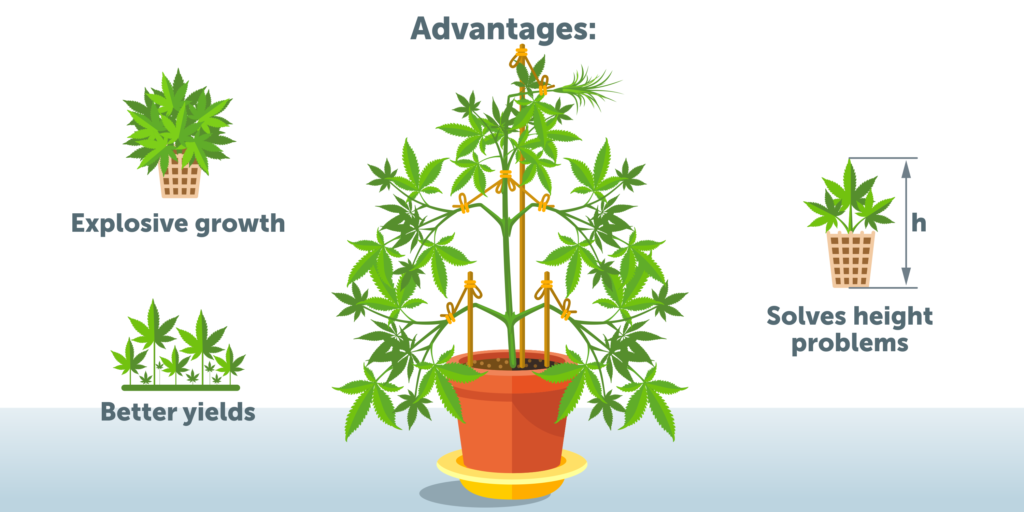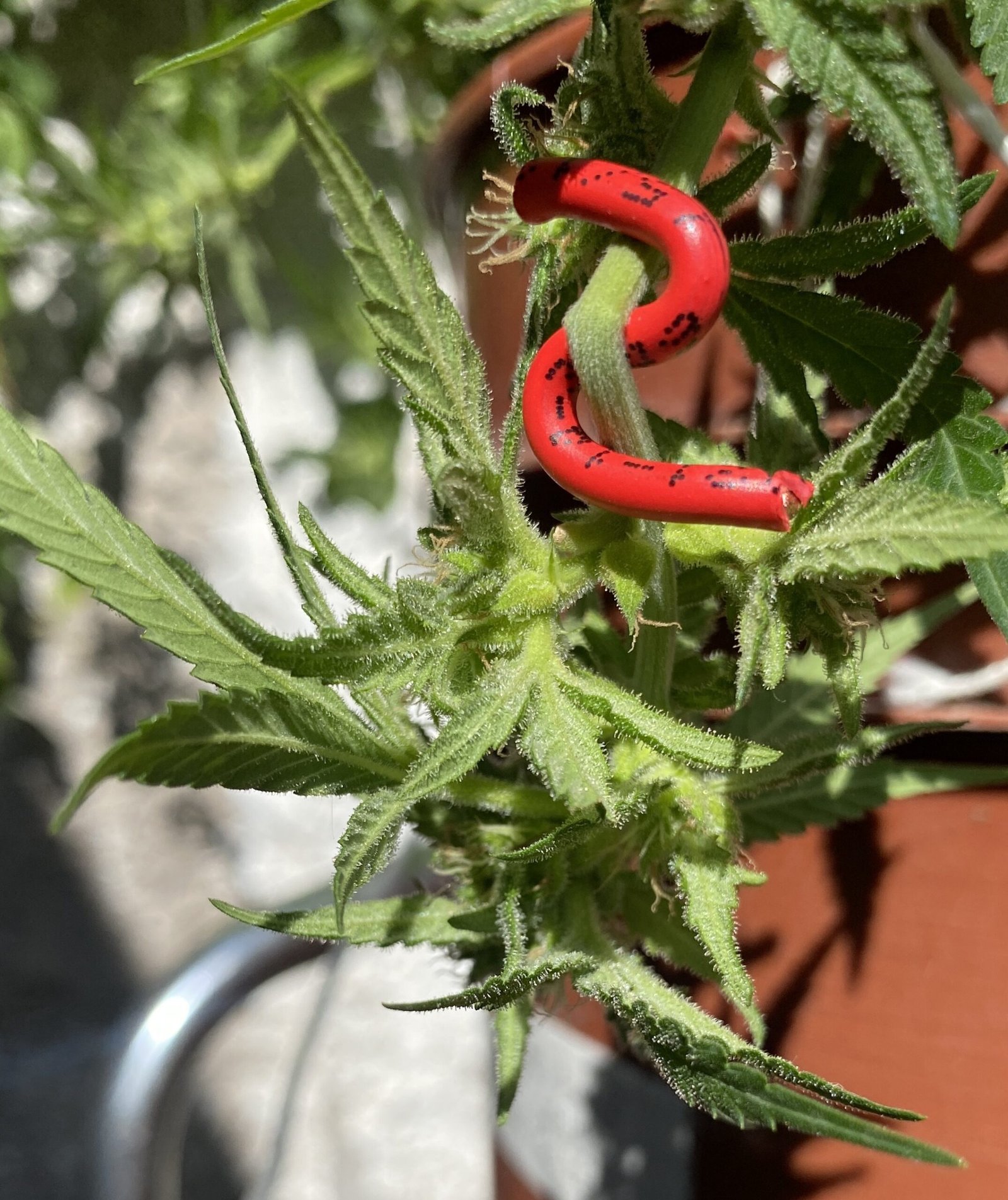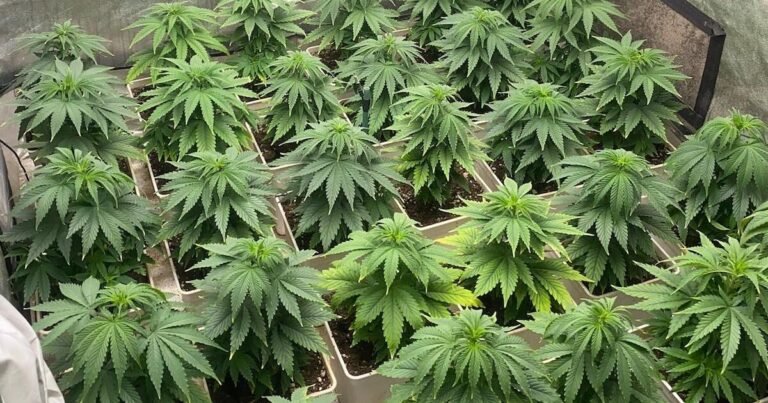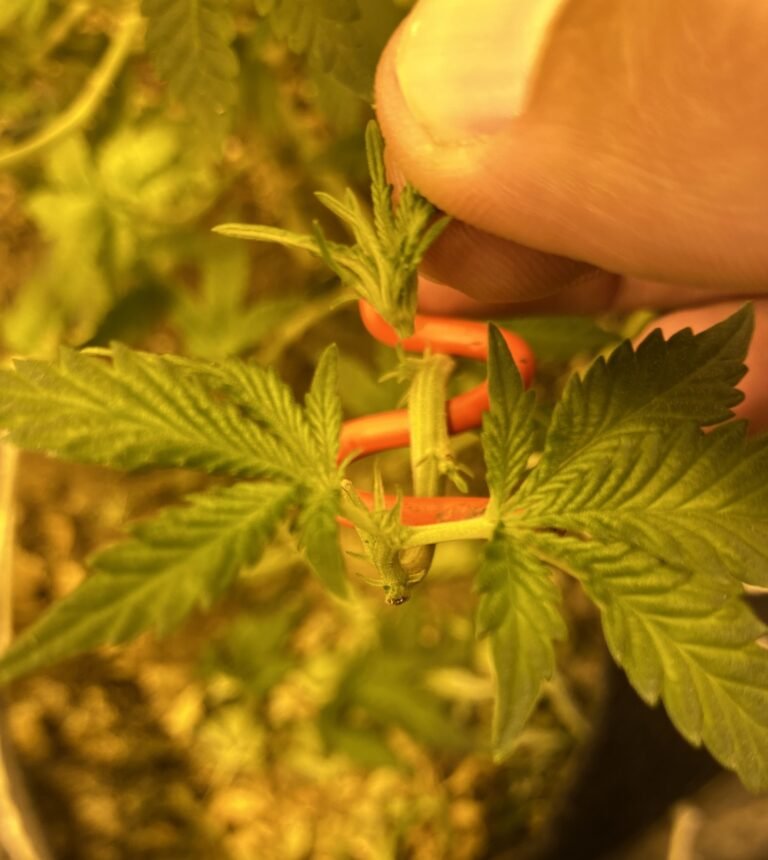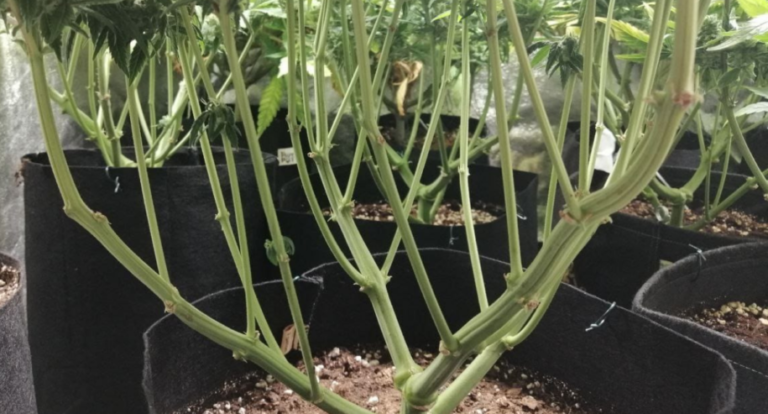The Supercropping technique subjects the plant to positive stress by breaking some of its branches to achieve high yield from the plant.
What is Supercropping?
Also known as High Stress Training (HST), the Supercropping technique is a way to increase plant growth and productivity by subjecting it to high levels of stress. To perform this technique, some of the plant’s upper branches must be broken off at a certain stage of development, allowing them to be bent to increase the amount of light the bud receives and reducing the shaded areas of the plant, thereby increasing the yield.
It should be performed during the growth phase to increase this. However, it can also be performed during flowering being more careful.



To perform this technique correctly, you will only need to break the superficial fibers of the plant until they allow the stem to bend without breaking it completely, since the plant will most likely not be able to fully recover.
When to use the Supercropping technique?
Due to the stress the plant will experience once the technique is applied, it is essential to know the best time to perform it, ensuring optimal plant recovery and the desired results.
Supercropping can be performed at both stages of the cannabis plant’s growth. However, for growers inexperienced with the technique, it is recommended to start using it only during the growth phase, when the plant’s recovery is easier and the flowers will not be affected.
To be able to use this controlled stress technique during the growth phase, the plant must be well developed to withstand it and recover easily. It is recommended to wait between 15 days and a month, until the plant reaches 30 cm. It doesn’t matter if you wait a little longer, until 3-7 days before flowering.
The plant will focus its energy on growing the buds and not the plant itself, thus developing a more robust growth. Do this during the first month of vegetative growth.
During the first two weeks of flowering, the plant will experience a rapid expansion, so this is also a good time for supercropping if you are an experuenced grower using this technique. From the first node, the branches will be ready to recover from fiber breakage.
Technique aplication
It’s better to choose the most mature branches without an overly rigid structure. About 7 cm from the tip, hold the branch with your thumb and index finger. While applying gentle pressure, guide the branch in the direction it should grow, left or right. The goal is to break the internal fibers without disturbing the external ones.
Supercropping should not be performed on branches above the two or three nodes closest to the tip.
Once the branch is properly bent, it’s time to hold it. Special Supercropping holders are now available, which help prevent the branch from losing its bend.
If the technique has been performed correctly, the affected area will quickly recover, and small calluses will form at the breaks. These calluses will be useful helping the plant to hold the buds during flowering.
You’ll likely need to supercrop the same area several times to prevent the stem from regaining its natural shape. Overdoing the technique could cause the branch to break. In these cases, I recommend applying tape to the wound and allowing 2-7 days for it to heal.
